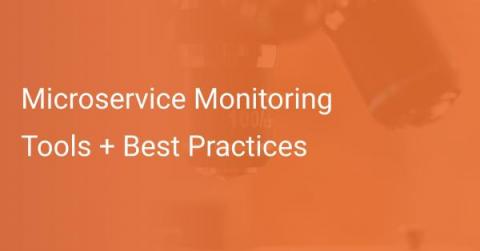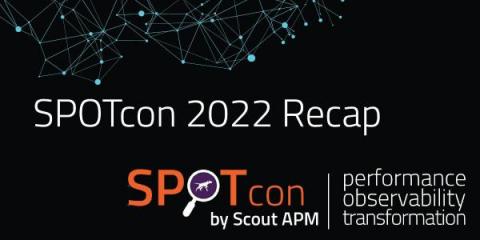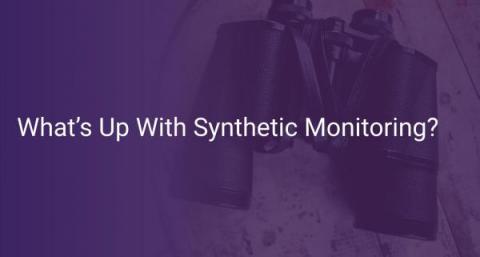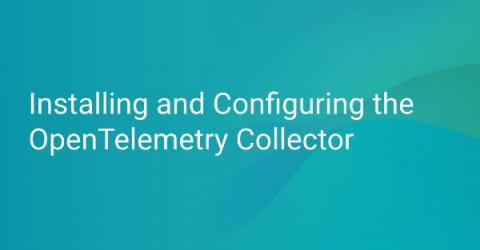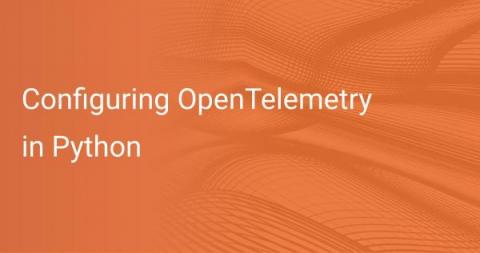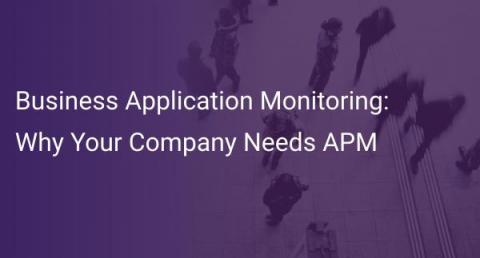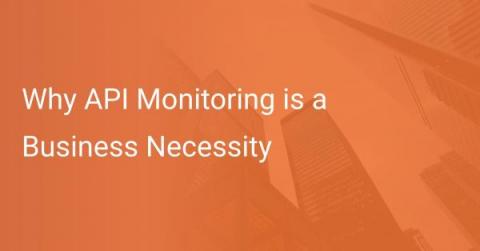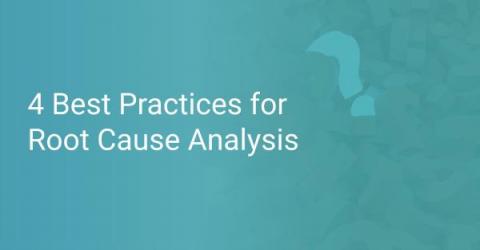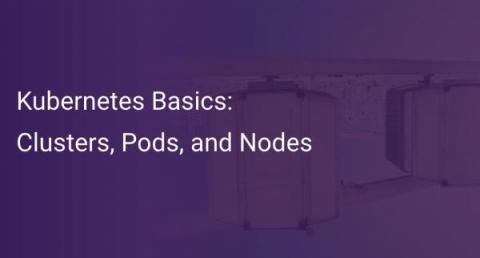Microservice Monitoring Tools + Best Practices
Microservices are one of the hottest app architectures in the current market. They easily solve some of the most common problems with monolithic and service-oriented architecture. The ability to split your application into multiple smaller components and develop as well as monitor them individually opens up a whole new world of possibilities. However, this also brings with it a new set of problems. Monitoring distributed applications requires thinking outside of the box.


